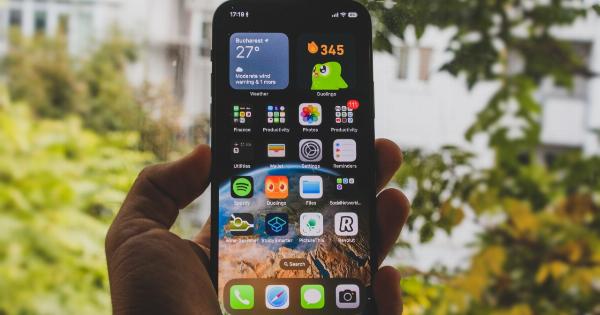In today’s digital age, where social media platforms and smartphones are meant to connect people more than ever before, it’s ironic that many teenagers feel more isolated and lonely than ever.
Despite having hundreds, if not thousands, of online friends and followers, the sense of genuine connection seems to be slipping away from teenagers, leaving them feeling disconnected and alienated. This paradox raises the question: Why do teens, who are supposed to be more connected than any previous generation, feel so isolated?.
The Impact of Social Media
Social media plays a significant role in the lives of today’s teenagers. Platforms like Facebook, Instagram, Snapchat, and TikTok provide a constant stream of content and a means to interact with others.
However, the superficial nature of these interactions can lead to a sense of isolation. Social media often presents a curated version of life, where everyone seems to be living their best versions. This creates pressure on teenagers to conform to unrealistic standards, and it can be demoralizing when they feel they don’t measure up.
The Illusion of Connection
While social media allows teenagers to interact with others, it can create an illusion of connection rather than fostering genuine relationships.
Communicating online lacks many elements of face-to-face interaction, such as body language and tone of voice, which are essential for building deeper connections. The constant scrolling, liking, and commenting can give a false sense of social connection, leading to shallow relationships that fail to fulfill the basic human need for meaningful connection.
Fear of Missing Out (FOMO)
In today’s hyper-connected world, where every event, party, or outing is extensively shared online, many teenagers experience a fear of missing out (FOMO).
They constantly see their peers having fun, going on trips, and attending social gatherings, which can create feelings of solitude if they aren’t a part of those experiences. FOMO intensifies the pressure to always be connected, leading to an obsession with constantly checking social media and staying updated, ultimately leading to further isolation.
Comparison Culture
The rise of social media has also fueled a toxic comparison culture among teenagers. Constant exposure to carefully edited and filtered versions of others’ lives makes it easy for teens to compare themselves unfavorably and feel inadequate.
They may believe that everyone else is happier, more popular, or living a more exciting life, which can breed feelings of isolation, low self-esteem, and even depression.
Online Bullying and Cyberbullying
The dark side of the digital world is online bullying and cyberbullying. Due to the anonymity provided by the internet, teenagers can easily become targets for harassment and cruelty from their peers.
As a result, many young individuals avoid socializing online or expressing their opinions, fearing judgment and criticism. This fear of being attacked online creates a sense of isolation, as teens withdraw and shy away from social interactions, both online and offline.
Decreased Face-to-Face Interactions
While teenagers today may have thousands of online friends, they often lack real-life social interactions. The excessive use of smartphones and social media has led to a decline in face-to-face communication.
Instead of engaging in meaningful conversations and spending quality time with friends, teens are more likely to have superficial interactions through screens. This decrease in genuine connections further exacerbates the feeling of isolation among teenagers.
The Pressure to be Always Available
With the advent of instant messaging and social media notifications, teenagers are expected to be constantly available and responsive.
The pressure to promptly reply to messages and notifications can be overwhelming and exhausting, making it difficult for teenagers to maintain a healthy work-life balance or find time for themselves. This constant demand for availability leaves them feeling isolated, as they struggle to find moments of solitude and personal connection.
Role of Parental Involvement
Parental involvement also plays a crucial role in the paradox of connection. In some cases, parents may be unintentionally contributing to their teenager’s isolation.
Excessive screen time, lack of communication within the family, or limited involvement in their child’s life can lead teenagers to seek connection elsewhere, often through virtual means that fail to truly fulfill their emotional needs.
Reclaiming Genuine Connection
While the paradox of connection presents a significant challenge for teenagers, there are steps that can be taken to foster genuine connections and combat isolation:.
- Encouraging face-to-face interactions and spending quality time with friends and family.
- Setting boundaries on social media and smartphone usage to avoid constant distractions.
- Teaching teenagers about healthy social media practices, such as not comparing oneself to others and taking breaks when needed.
- Promoting open communication within families, creating a safe space for teens to express their feelings and concerns.
- Addressing cyberbullying and online harassment by promoting digital empathy and teaching appropriate online behavior.
- Encouraging participation in offline activities, hobbies, or volunteering where genuine connections can be formed.
By emphasizing the importance of real-life connections and providing guidance on navigating the digital landscape, we can help teenagers break free from the paradox of connection and create meaningful relationships that bring true fulfillment and happiness.





























